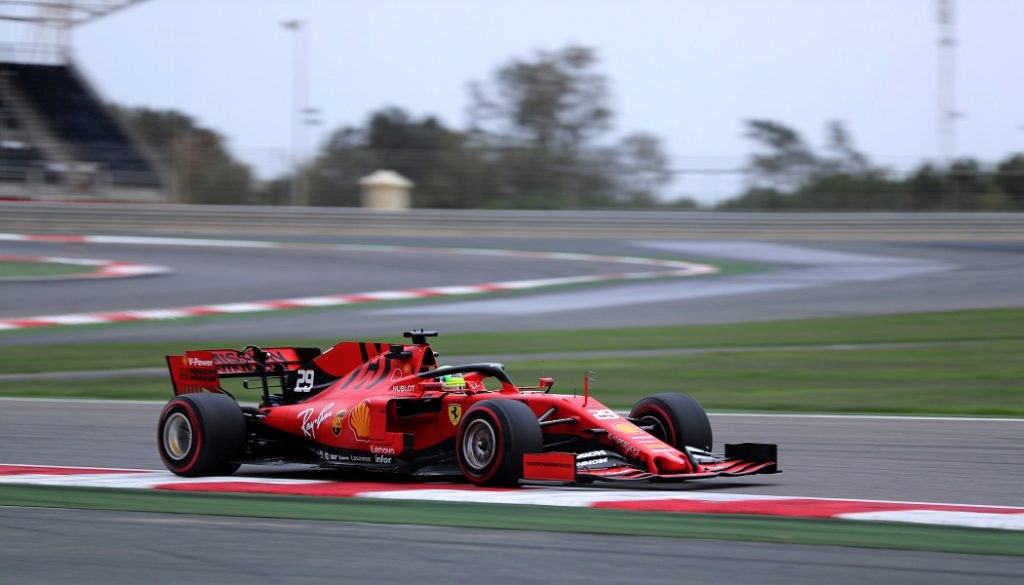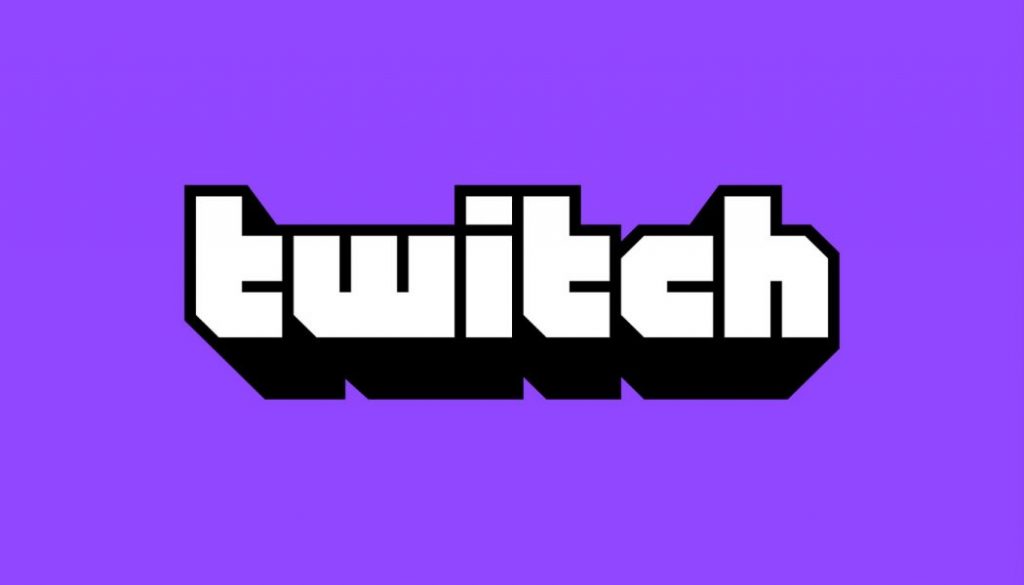Digital Café: Does Twitch Hold The Key For Finding The Next Generation Of Traditional Sports Fans?
September 1, 2020
With streaming sport being ever more important, where you find and engage with your audience is going to be ever more complex. In this week’s Digital Café, David Granger takes a look at Twitch and how a once niche platform could become the model for finding the next generation of traditional sports fans.
When live sport returned to our screens, the powers-that-be looked at expanding rather than contracting broadcast opportunities. In the UK, as Premier League football started up behind closed stadium doors, it found itself televised on BBC (for the first time ever), Amazon Prime, Sky Sports and BT Sport, but it’s Amazon which is the interesting partner.
In 2014 Amazon bought Twitch which was, at that time, a relatively niche gaming and esports streaming site. At the time of the $1 billion purchase there were two schools of thought – was a gaming streaming site worth that money? And the second, if Amazon are doing it, then we all need to take notice.
“Rather than attempt to lure younger viewers on to traditional platforms, sport came to them and has done so since 2017”
Fast forward to 2020 and quarantine has meant that the only way to consume sport live is by streaming it, and Amazon’s investment now looks pretty shrewd…
The Twitch audience skews younger than your average live sports fan: F1’s average fan age was 40 according to their global research director Matt Roberts, compared to the majority of Twitch’s audience being between 18 and 34 years of age. This makes it – potentially – the next generation of sports fans. Rather than attempt to lure younger viewers on to traditional platforms, sport came to them and has done so since 2017, with streams showing NFL games and partnerships with WWE, UEFA Champions League, MLS and National Women’s Hockey.

While F1’s move to pay TV made it more money, it lost a certain number of eyballs for sponsors…
When the UK moved F1 from terrestrial to pay-to-view it was great financial news for Mr Eccleston, but it meant a drop in viewers and therefore a drop in exposure for sponsors. The Covid reset for sport meant a need to re-engage with a lapsed audience, so making more sport available on more platforms – and an opportunity to expand the range of platforms.
Why Twitch? As an experiment it makes real sense. Like most new OTT platforms its adoption is by a relatively younger demographic (73% of users in 2019 were under 25), which broadens the potential age range and for Amazon it gains a new interest sector.
Twitch’s appeal not only lies in its numbers and demographics. It’s very much fan-based – unlike other video-based platforms, it has been built on the sense of community where esports streamers and their fans interact. When Twitch relaunched /Twitchsports in July it promised Ask Me Anything sessions, polls and trivia, and interaction with the hosts in Twitch Chat. Another feature for organised sport and federations to build on, especially when the scarcity of live spectators means we are all in need of a bit of interaction. Albeit digital and distanced.
With the craving for live sport greater than ever, and the value of it being so great, in order to satisfy demand and avoid pirate streaming as much as is possible, platforms like Twitch provide a new way to not only view sport, but also interact with it.
But it’s not all been plain streaming. Twitch (like Facebook, YouTube and, to a certain extent, Twitter) can claim that the onus of copyright ownership lies with the publisher, making it more open to illegal streaming of live sport – which is, and will continue to be, one of the minefields for our industry.
However, to date Twitch is still the slightly more savvy, scruffy younger brother of Amazon Prime and the model to date looks something along the lines of Amazon purchasing the rights for Prime broadcast but simultaneously broadcasting on Twitch for that more interactive, community-led demographic. It gets the best of both worlds, via its different platform profiles.
With the craving for live sport greater than ever, and the value of it being so great, in order to satisfy demand and avoid pirate streaming as much as is possible, platforms like Twitch provide a new way to not only view sport, but also interact with it. And that is where we will find the next generation of sports fans.
It’s Good To Be Back
The min-break from domestic soccer in the UK was put to great use by the teams’ social managers. Best post of the month (year?) was Leicester City’s TikTok team who created this fantastic self-effacing Shrek/Söyüncü mash-up, while Austin FC in the US were out spreading the word and facemasks as they prepare for the club’s official kick-off in the MLS next year. And in a novel twist, one signing was celebrated by a series of deleted tweets. Nice work @SpursOfficial…



